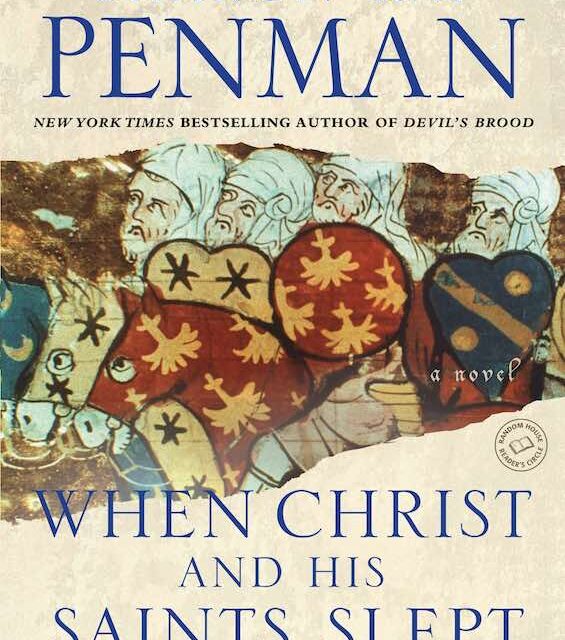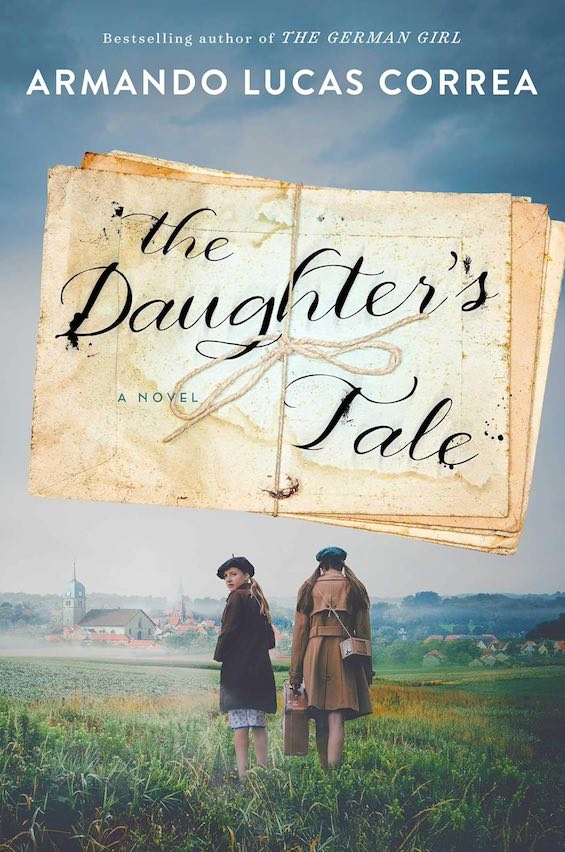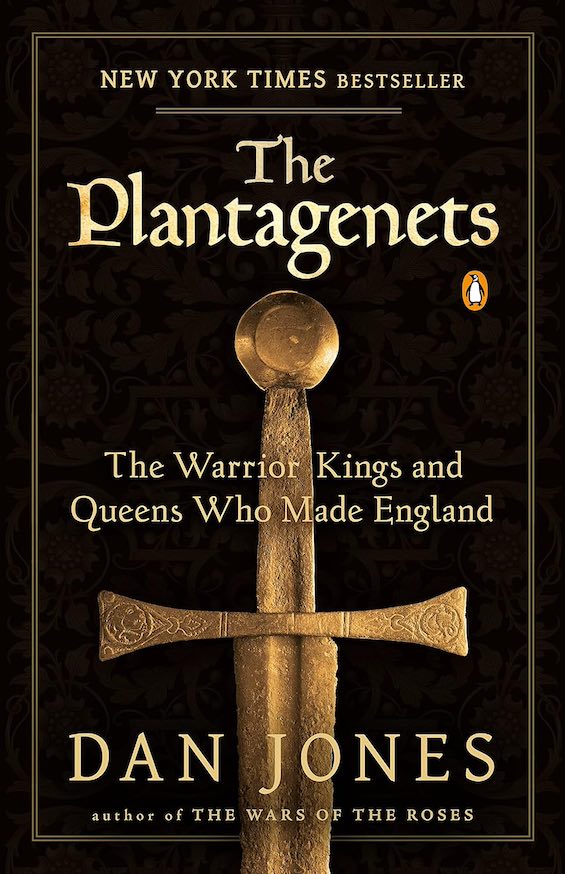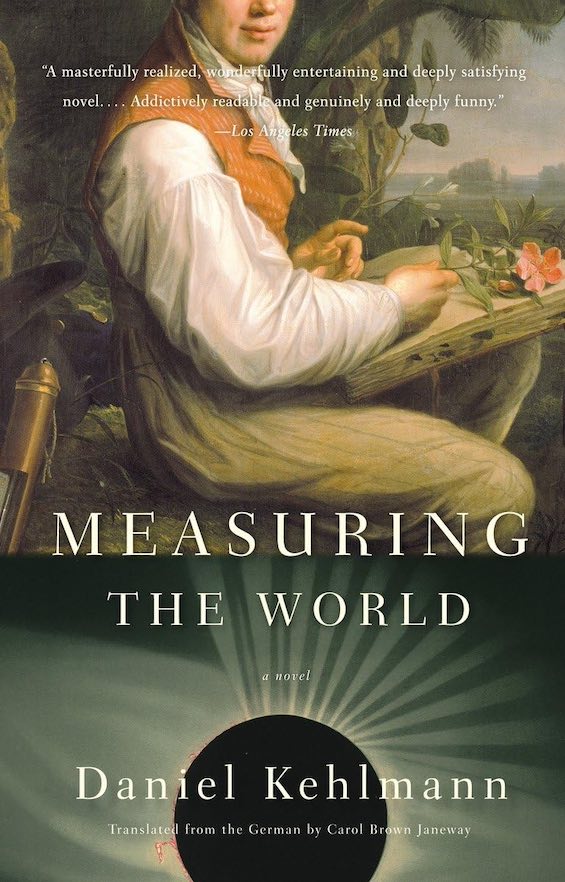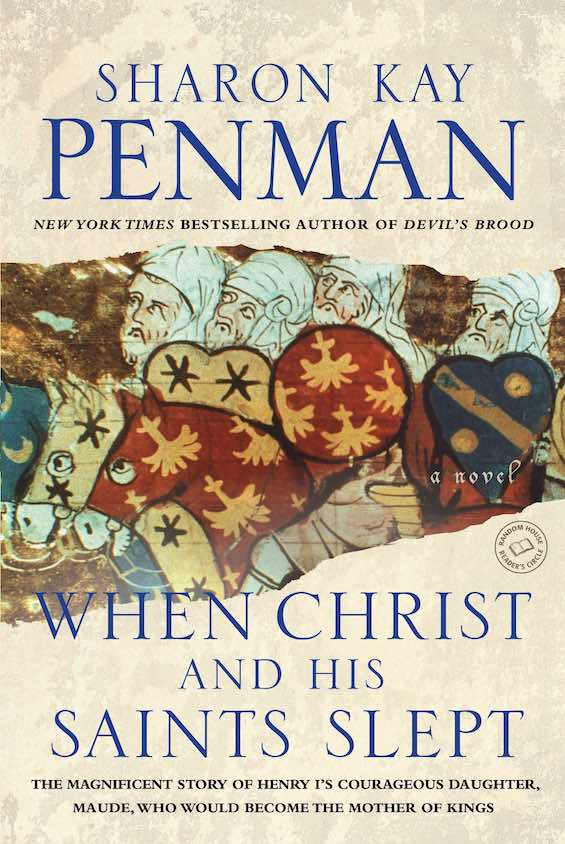
One of the pivotal events in the evolution of Great Britain as we know it today occurred nearly 900 years ago during the era known as “The Anarchy.” From 1138 to 1153, what are today England and France experienced continuous turmoil, as two contenders battled for the throne in the first English civil war. (Historians point to the period from 1642 to 1651 as the English Civil War. However, it’s clear to me that in fact The Anarchy was more properly speaking the first English civil war.) The resulting conflict was devastating on both sides of the Channel. And its outcome set the course of Britain’s history for 300 years, inaugurating the reign of the Plantagenet Dynasty. English novelist Sharon Kay Penman illuminates this dark and consequential period in her sprawling historical epic, When Christ and His Saints Slept.
A war between cousins for the English throne
The die was cast for The Anarchy in 1135, when Stephen of Blois, the Count of Boulogne, seized the English throne. King Henry I had died, mandating that his daughter, Maud, should succeed him as the country’s sovereign. Stephen claimed that Henry had changed his mind on his deathbed, naming him instead of his cousin. The barons quickly supported his claim, unwilling to serve a woman and a foreigner at that.
Maud (confusingly also known as Matilda) was the widow of the Holy Roman Emperor and was thus styled Empress Maud. But Henry had forced her to wed again. Her second husband was Geoffrey Plantagenet, Count of Anjou. With his occasional help, Maud waged a bitter war against Stephen beginning in 1138. The conflict lasted for nearly two decades as Maud struggled to regain what she believed was hers by right. England and Stephen’s lands in what is today France descended into anarchy because Stephen proved unable to rein in the violence.
When Christ and His Saints Slept by Sharon Kay Penman (1994) 770 pages ★★★★☆
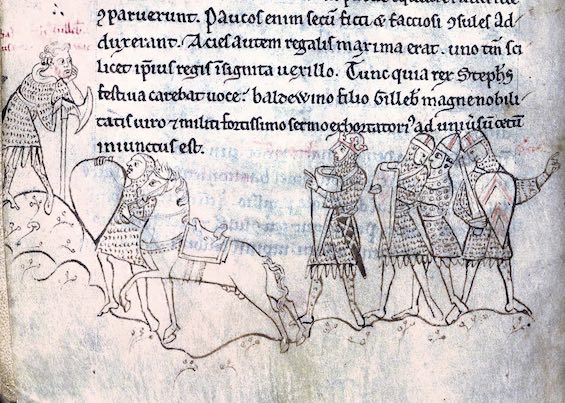
A large and changing cast of characters
The action in When Christ and His Saints Slept takes place over the course of two decades. Even though travel times were unconscionably slow by our standards, a great deal happened. And, in that era of medical treatment that was often more harmful than helpful, lots of people died. Not just in battle in this first English civil war, which offered many opportunities for tragedy as it raged on, but of misadventure involving bandits or horses as well as rampant disease. And about one out of every twenty women died giving birth to a child. The upshot is that the novel’s cast of characters, already large, changes over time.
Historical figures abound. The 12th-century boldfaced names you’ll encounter include not just King Stephen and Empress Maud but Maud’s son, King Henry II, as well as the fabled beauty Eleanor of Aquitaine; her first husband, King Louis VII of France, and future martyr Thomas Becket. (Shakespeare called him “this turbulent priest” in his tragedy, Henry II.) What you won’t find in this novel are more than passing hints about the lives of ordinary people. The characters in When Christ and His Saints Slept overwhelmingly represent the nobility of the era.
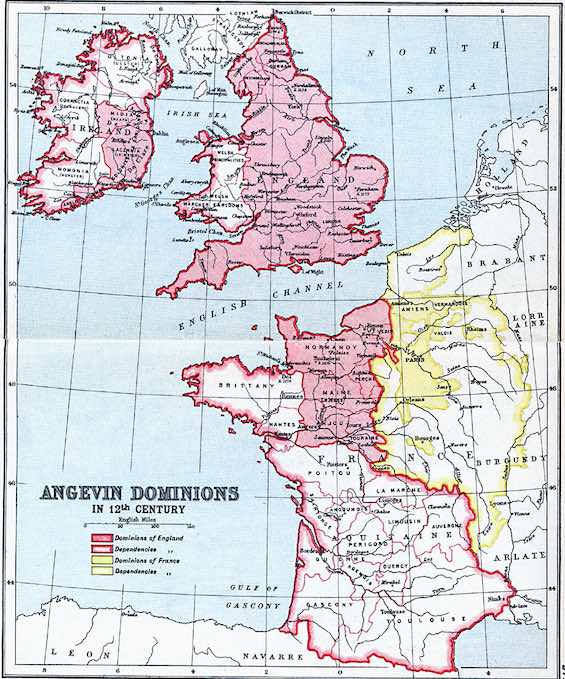
Two countries, joined at the hip
Any reader who is unfamiliar with England’s medieval history might find confusing all this talk of French nobles involved in an English civil war. At the time, however, neither Britain nor France resembled the countries we know today. The Kingdom of France occupied only about one-third of the territory on today’s maps. The dukedoms of Aquitaine, Normandy, and other regions were essentially independent though theoretically vassals of the French crown. And in 1066, just 70 years before the outbreak of The Anarchy, the Duke of Normandy, William the Conqueror, had defeated England’s King Harold at the Battle of Hastings.
It was William’s fourth son, King Henry I, whose death set off the civil war. For two generations, England had been ruled by the Dukes of Normandy. The country was trilingual. The nobility spoke French, the common folk a variety of Anglo-Saxon known today as Middle English, and the clergy, Latin. In fact, the histories of England and France remained intertwined for three centuries, throughout the rule of the Plantagenet Dynasty (1154-1485).
This novel may drive you nuts
If the back-and-forth fortunes of the cousins and their vassals confused the people who lived through the first English civil war, the same can be true for readers of this novel. Everybody seems to be related to everyone else. Maud was the daughter of Henry I, Stephen a nephew. And the old king had numerous illegitimate children, many of whom figure prominently in this story. But there’s more. The nobles of that era seem to have used a limited selection of names for their children. The novel points to multiple Mauds, Matildas, Stephens, Henrys, Wills, and Gilberts. If you listen to the novel, as I did, this may drive you nuts. Had I been reading the book on paper, I would have found myself constantly flipping pages back and forth.
About the author

In her obituary, the New York Times describes Sharon Kay Penman (1945-2021) as “a former tax lawyer whose best-selling epics about medieval England and Wales drew legions of admirers for her meticulous research and commitment to historical facts.” She was born in New York City, raised in Atlantic City, and studied history at the University of Texas at Austin. Penman then received a law degree from Rutgers University. She wrote 14 novels, nearly all of them doorstoppers of more than 1,000 pages.
For more reading
The 21 novels of the Cadfael Chronicles by Ellis Peters are set on the border between England and Wales during The Anarchy. They provide a ground-level view of the civil war that is the centerpiece of Penman’s story. I’ve reviewed six of the novels to date. You can find them by typing the name “Cadfael” into the search box on the home page of this site.
You’ll find books on related subjects at:
- Good books about the Middle Ages
- 20 most enlightening historical novels
- Great war novels reviewed here
- 20 top nonfiction books about history
And you can always find my most popular reviews, and the most recent ones, plus a guide to this whole site, on the Home Page.

